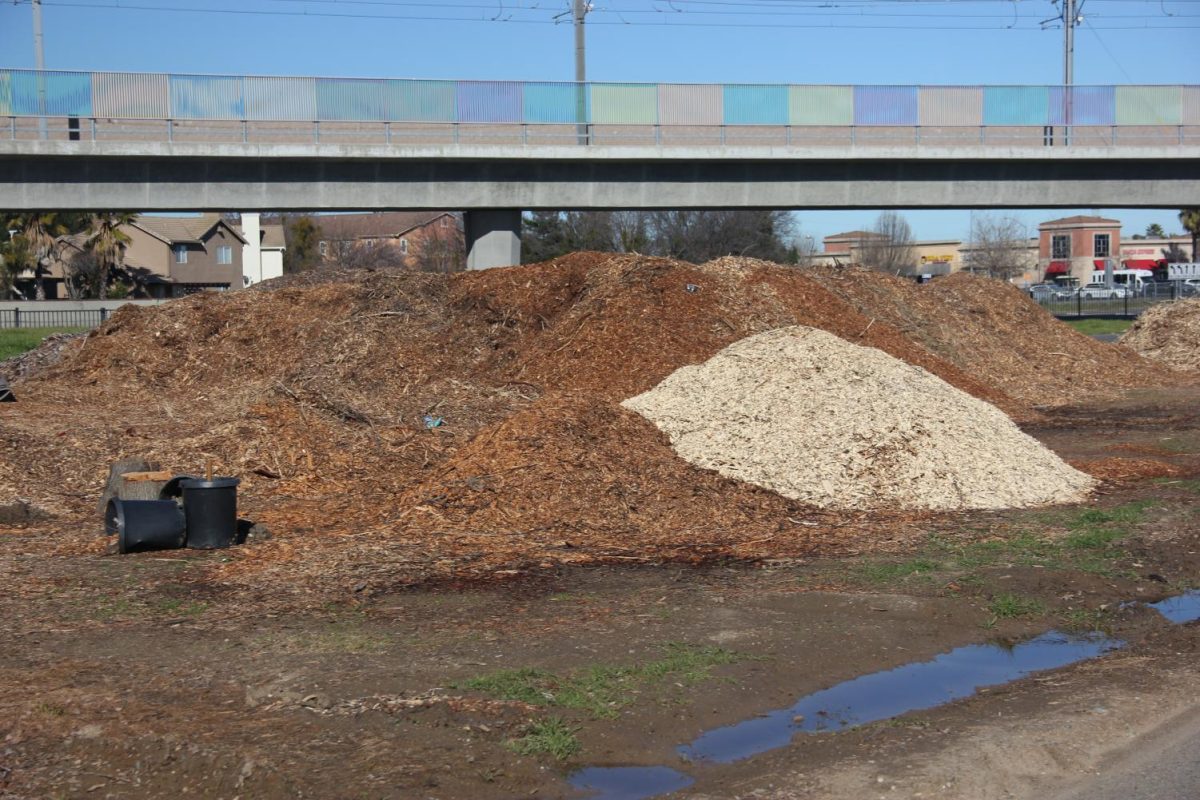Net Zero Energy home demonstration set to be built on campus
A net zero energy home demonstration will be built in the northeast part of campus.
Architecture, architectural design technology and construction students have initiated plans for a net zero energy house on the northeast side of campus.
A zero energy home combines advanced design and building systems with energy efficiency and onsite solar panels that makes the home sustainable, affordable and carbon-free, according to the Zero Energy Project.
“It’s an interdisciplinary project,” Dean of Careers and Technology Kim Harrell said. “We got $100,000 for constructing the home and then we also received another $100,000 grant from Prop 39 for new computers and architectural design technology program and software so that those students will then be able to generate the plans based on what the architecture student’s designs look like.”
The project was introduced to students during the beginning of the semester as Proposition 39, The California Clean Energy Jobs Act, offered a grant of $100,000 to fund the project.
Proposition 39 was passed by voters in 2012, which provides funding to California’s K-12 schools and community colleges for the installation of clean energy projects, according to California Energy Commission’s online database.
“Our construction faculty members’ vision is to have students see that you can actually build something that is net zero energy that has multiple bedrooms and basically looks like a regular house,” Harrell said.
Buildings alone take part of 40 percent from the total energy used in the United States, according to Zero Energy Project website.
“Zero net energy doesn’t necessarily even mean that the house is super well built,” Construction Professor Ryan Connally said. “It means you can make enough energy onsite, to offset what you use.”
“We’ve got energy codes that make the builders build better but we’re still pretty far away from being as good as we’ll soon be required,” Connally said.
“What we’re trying to do is show strategies that can be used on more market rate or even lower income housing to meet some of the same goals of the 2030 Challenge or net zero projects,” Architecture Professor Jason Ellis said.
The 2030 Challenge is an initiative that asks the architecture and construction community to implement sustainable design strategies and generate on-site renewable energy.
Ellis also shared how the process takes much more time than designing an average house.
“Any building that students are going to go in has to be built to a much higher standard than your average house,” Ellis said.
Architecture, architectural design technology and construction students are set to work collaboratively through the design process this semester.
Roger Andrade, a 20-year-old architecture major, is one of several students involved in designing and analyzing the site.
“We’re analyzing the site and the advantages and disadvantages of them,” Andrade said. “We’re looking at how we’re going to orient the building and what are the surrounding factors that we have to keep in mind.”
Students will be presenting their schematic designs to faculty involved in the project as well as architectural firms around Sacramento.
One of the large concepts from this project is to mirror Farm-to-Fork efforts in Sacramento, Ellis said.
Farm-to-Fork is an initiative that brings awareness to the Sacramento region about its local food production, consumption and sustainability, according to the Farm to Fork website.
Horticulture, the practice of garden cultivation and management, will be heavily involved in this project as there are plans to have an outdoor cooking area that will demonstrate ways to cultivate and cook healthier foods.
Connally said that construction students think it’s great to have a net zero energy demonstration on campus as it highlights their program and what they do.
Kristin Lorentzen, a 21-year-old architect major, shared a positive outlook on the project.
“It’s really cool because it is definitely a step in the right direction as far as housing goes now,” Lorentzen said. “Everything is sort of really bad for the environment so we’re moving in the direction where we’re going to produce houses that are actually good for the environment and produce electricity and produce their own water.”
Marishia Lopez, a 20-year-old architect major, said she is excited about getting a glimpse of a career in life.
“I like that we’re getting real life experience on campus in class,” said Lopez. “We work in groups just like we would in real life.”
Andrade shared one outcome he’d like students to take from this project.
“People are going to be able to come into the house, experience it and we’re going to be able to tell them hey, we as students were able to accomplish the net zero goal, here’s how you can do it as well,” Andrade said.
The proposed zero energy house is planned to be built on the northeast part of campus near the light rail station. Construction of the building is planned to start as early as next spring.
“It’s a great recruitment tool to bring high school students on campus and see what we are trying to be sustainable and responsible citizens in our environment,” Harrell said.

